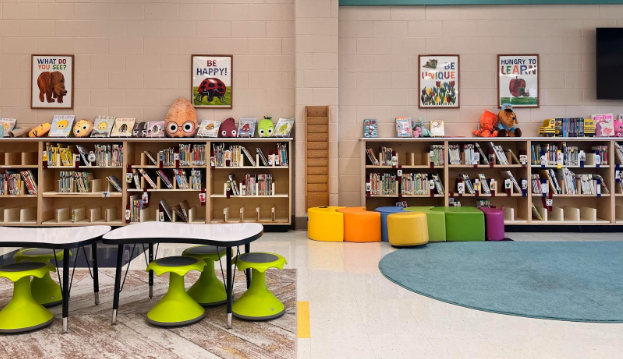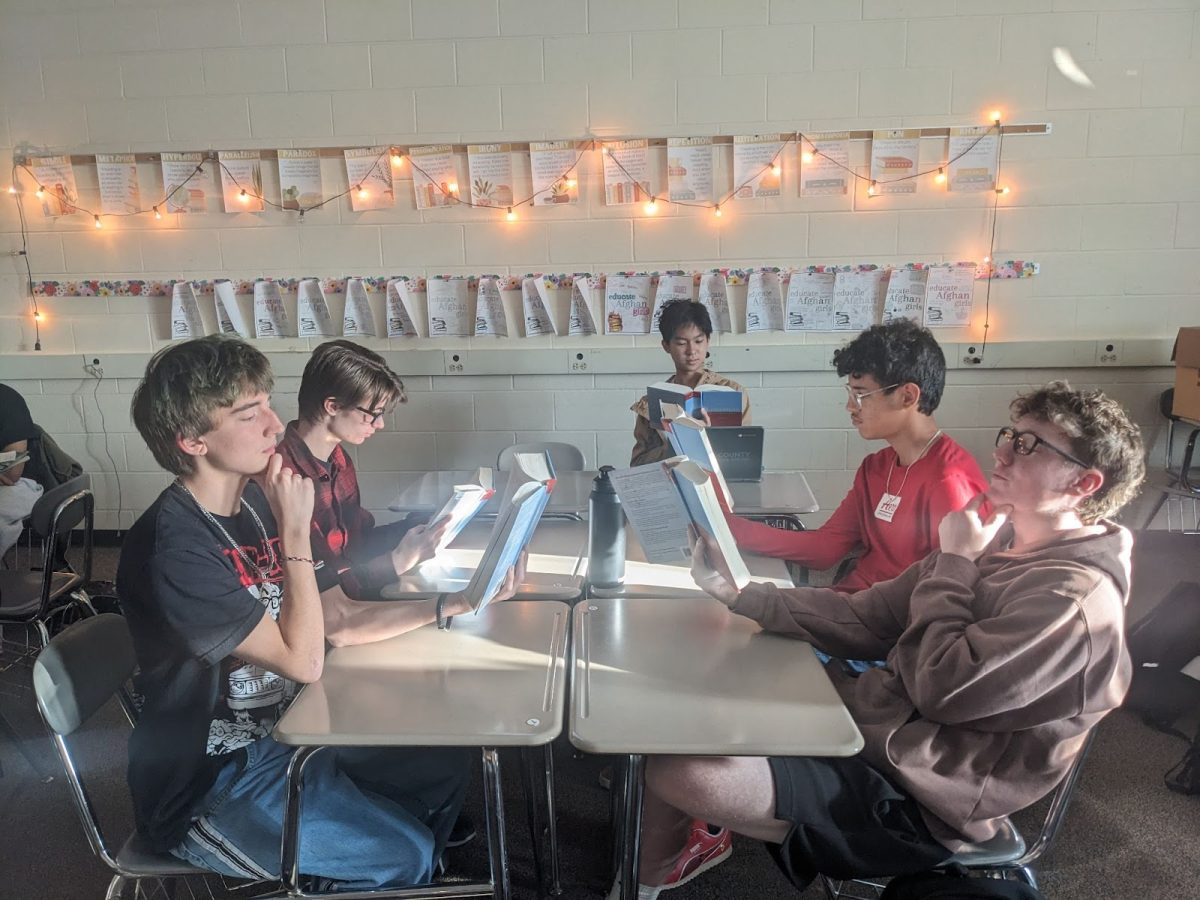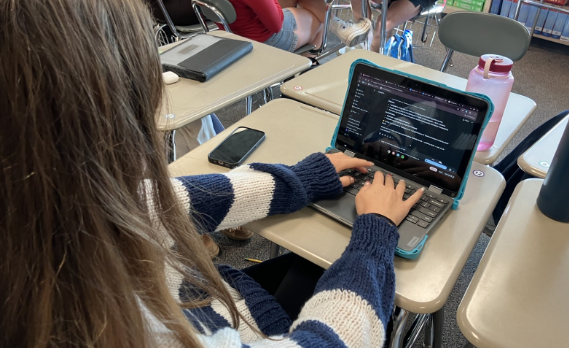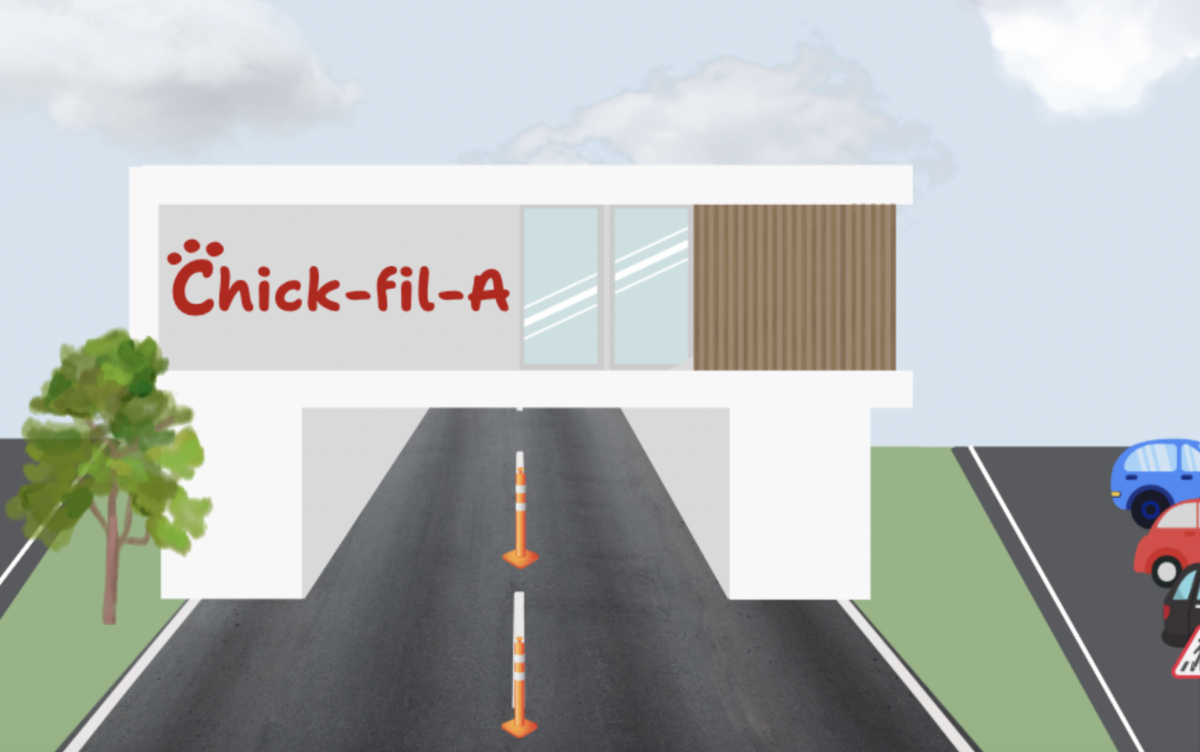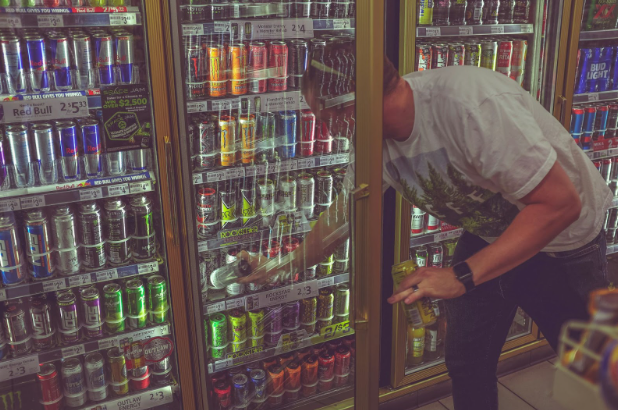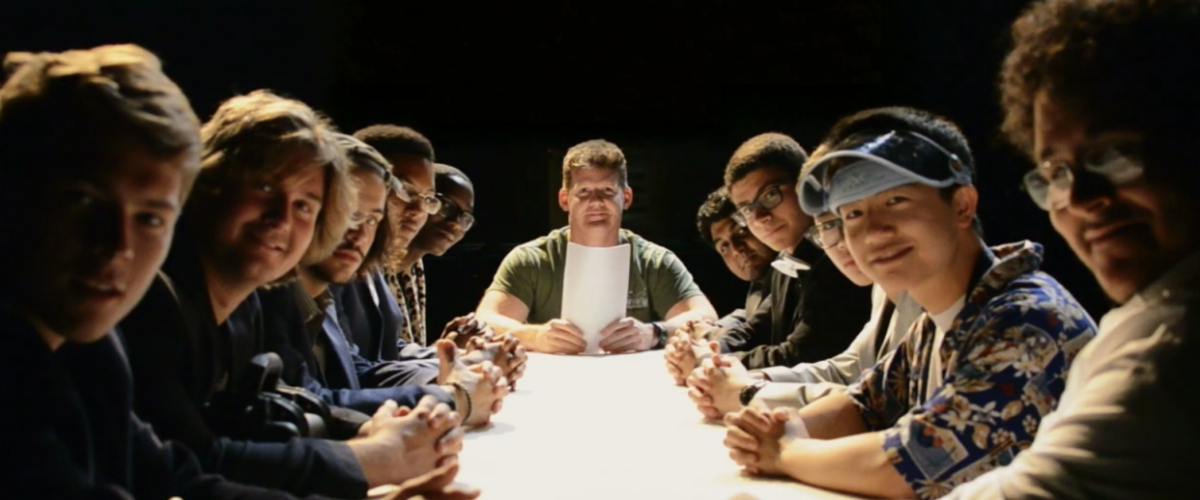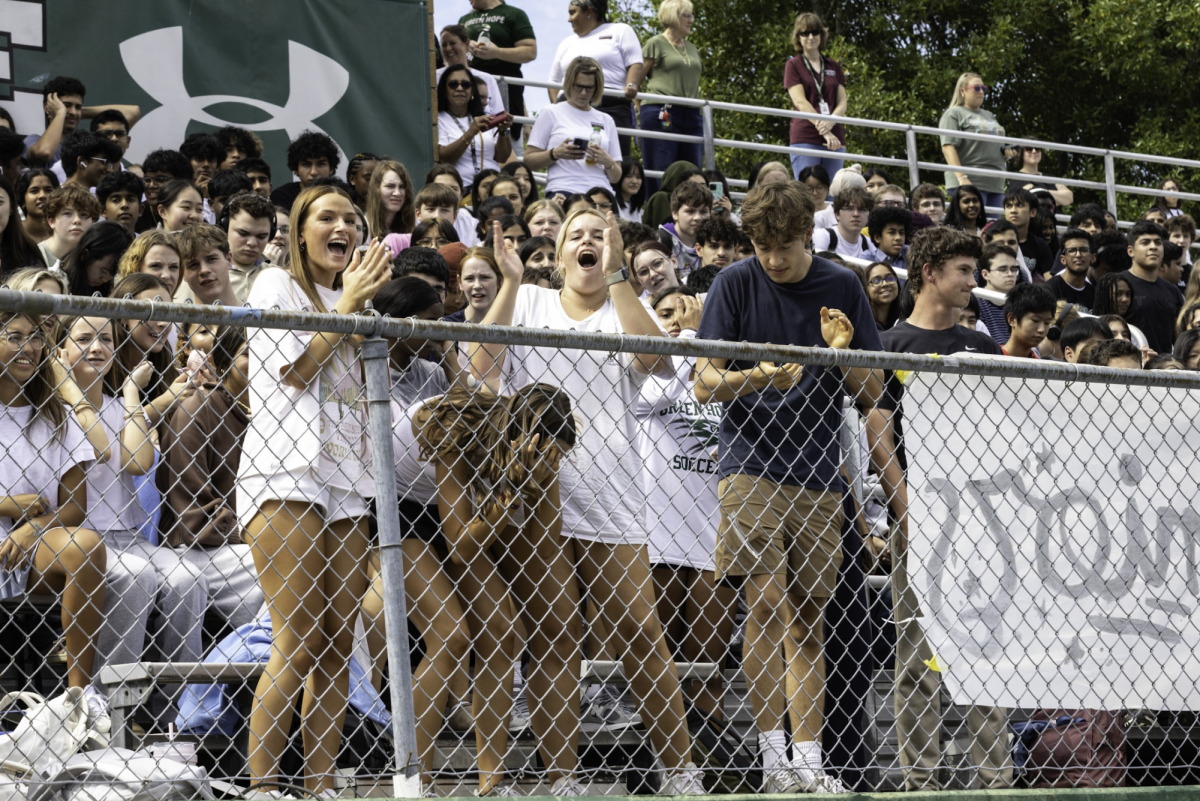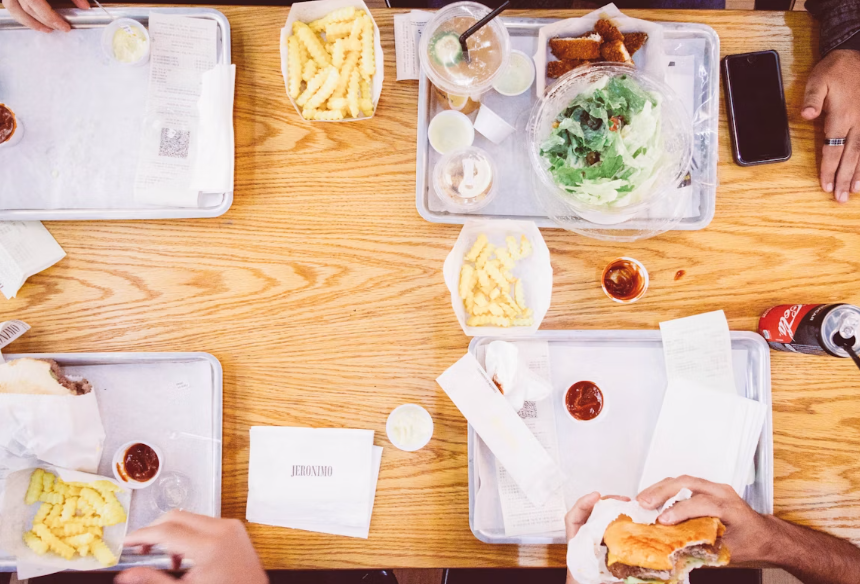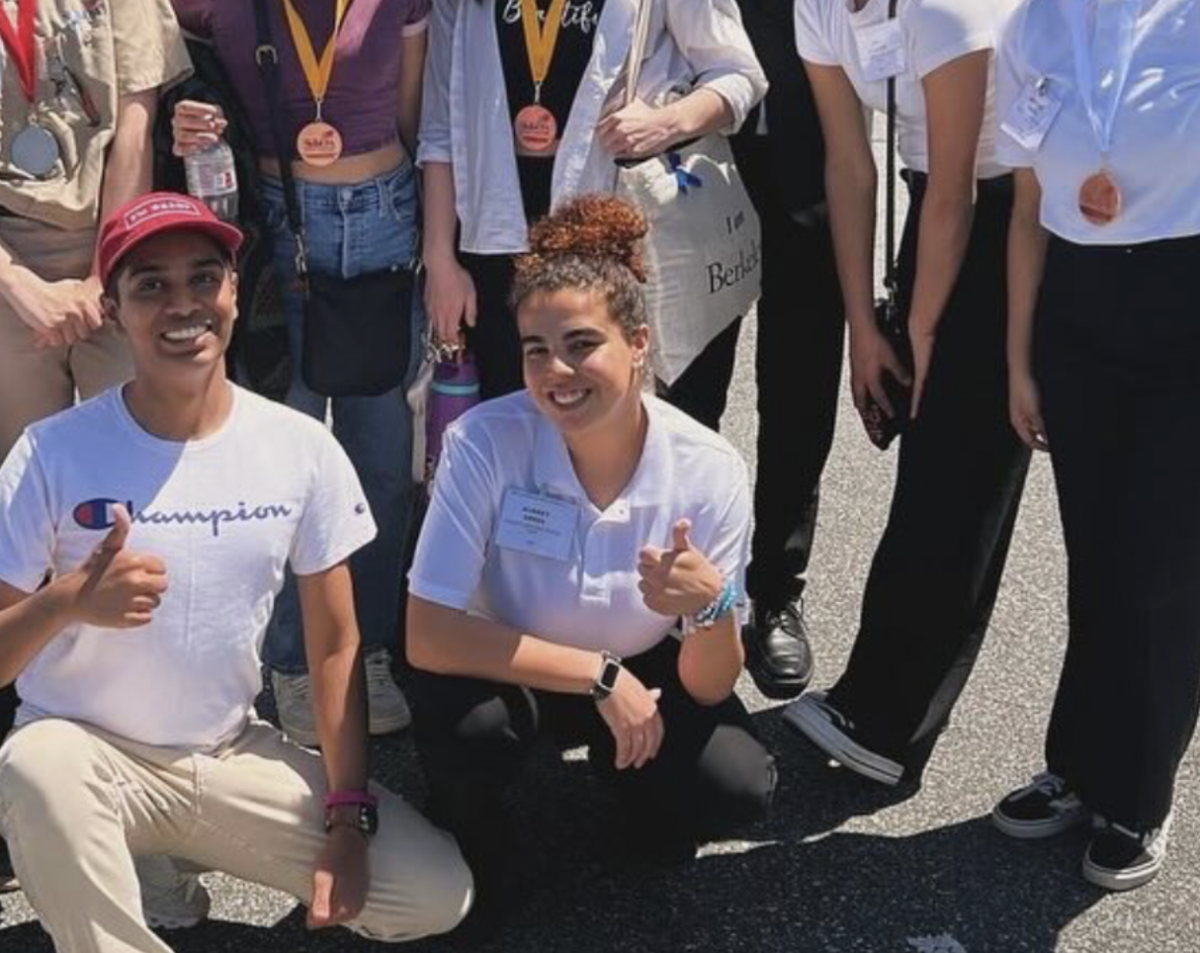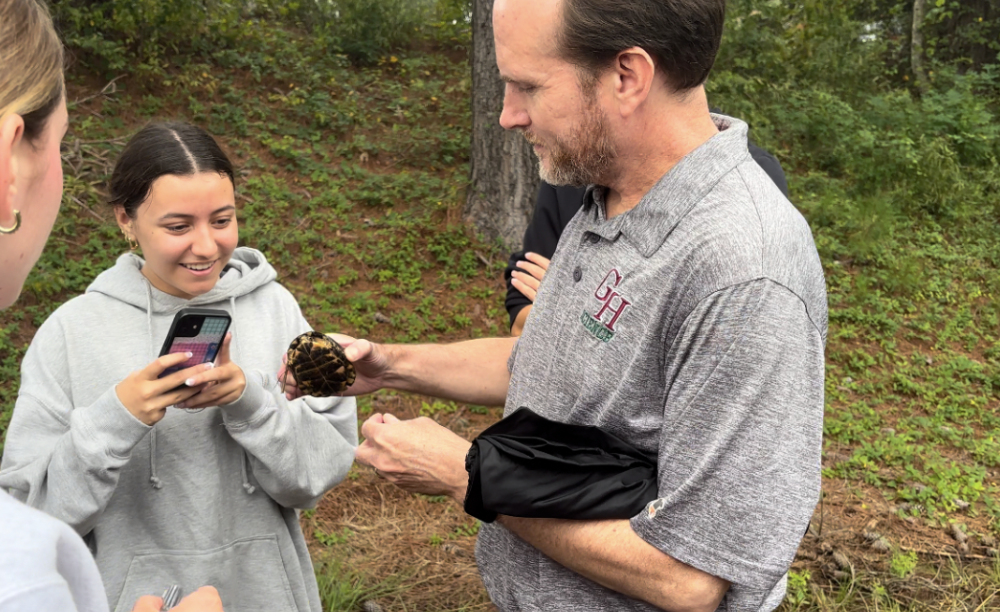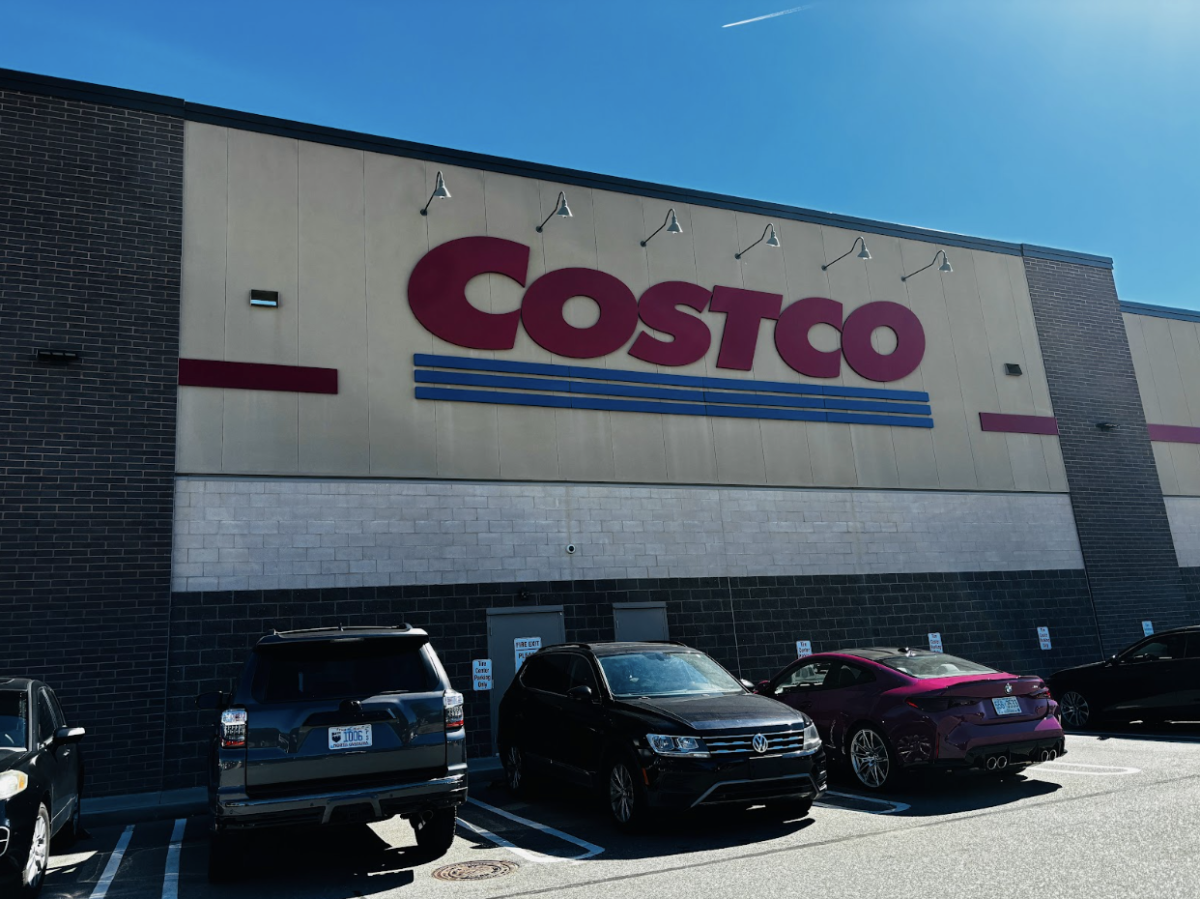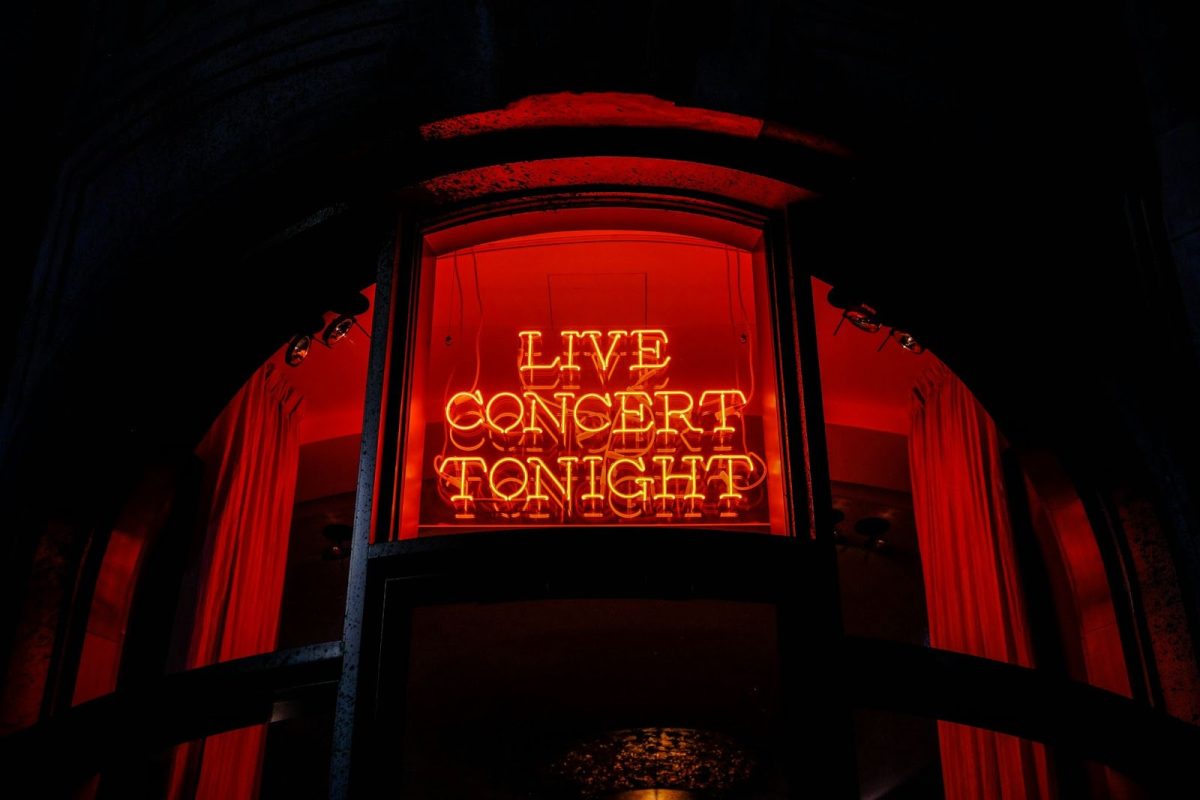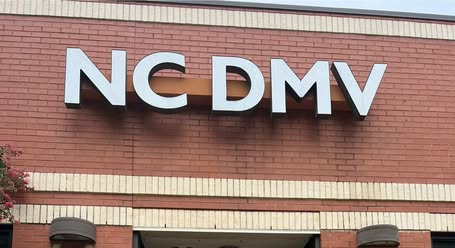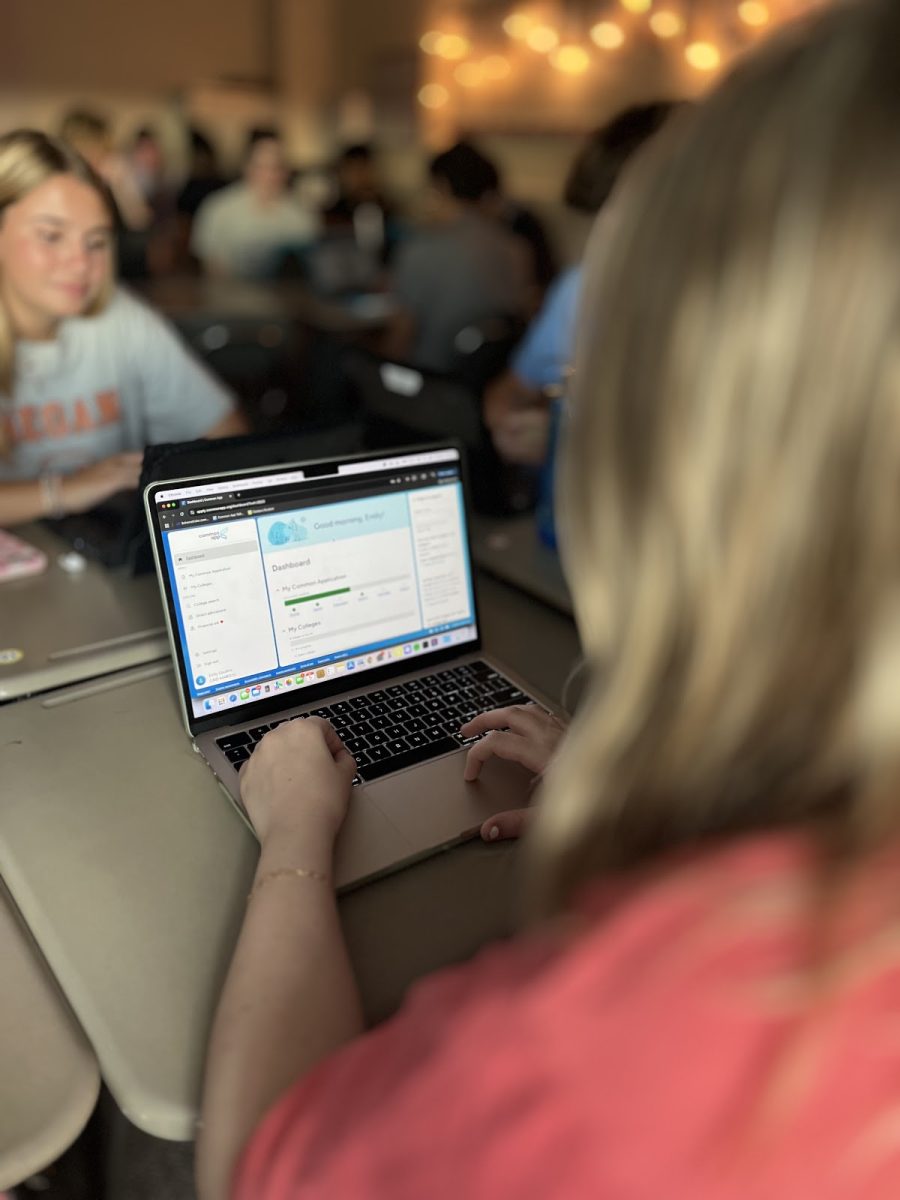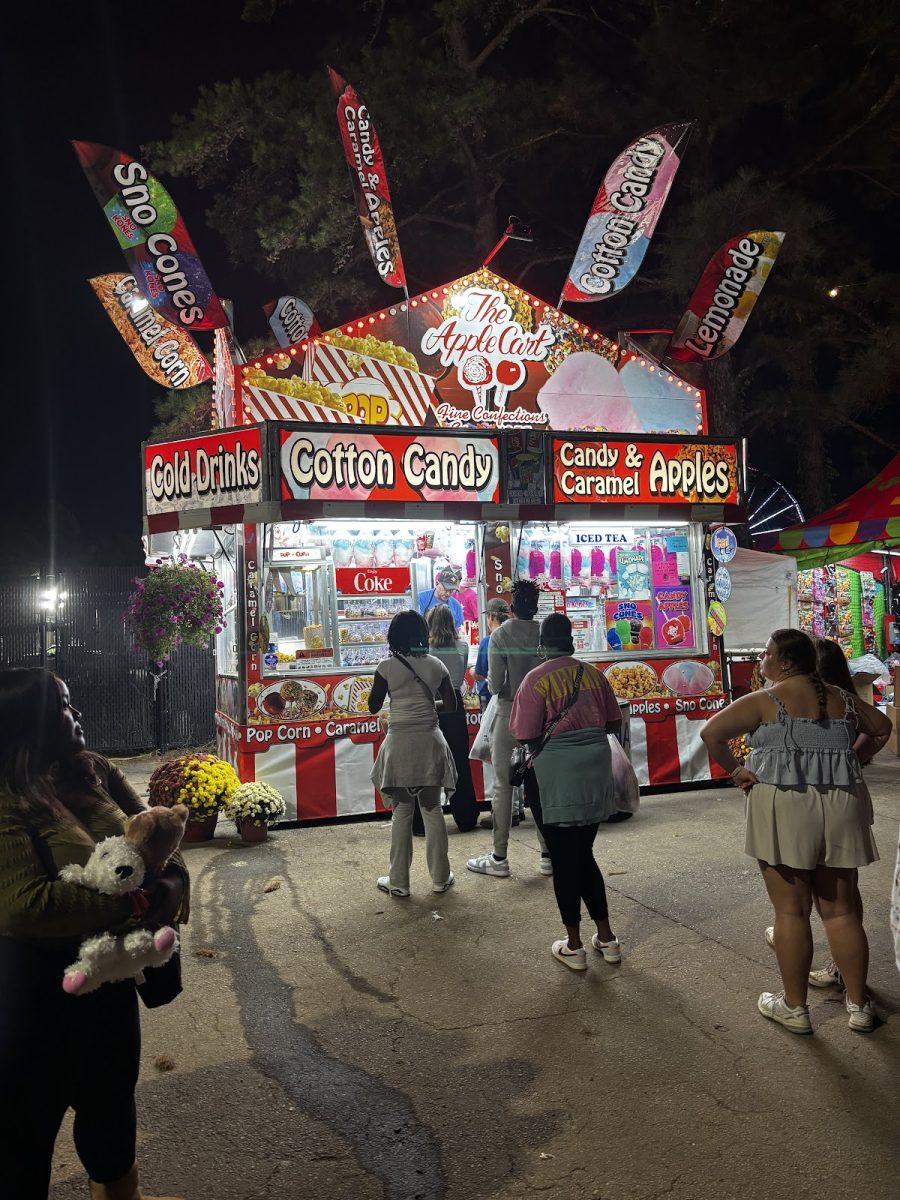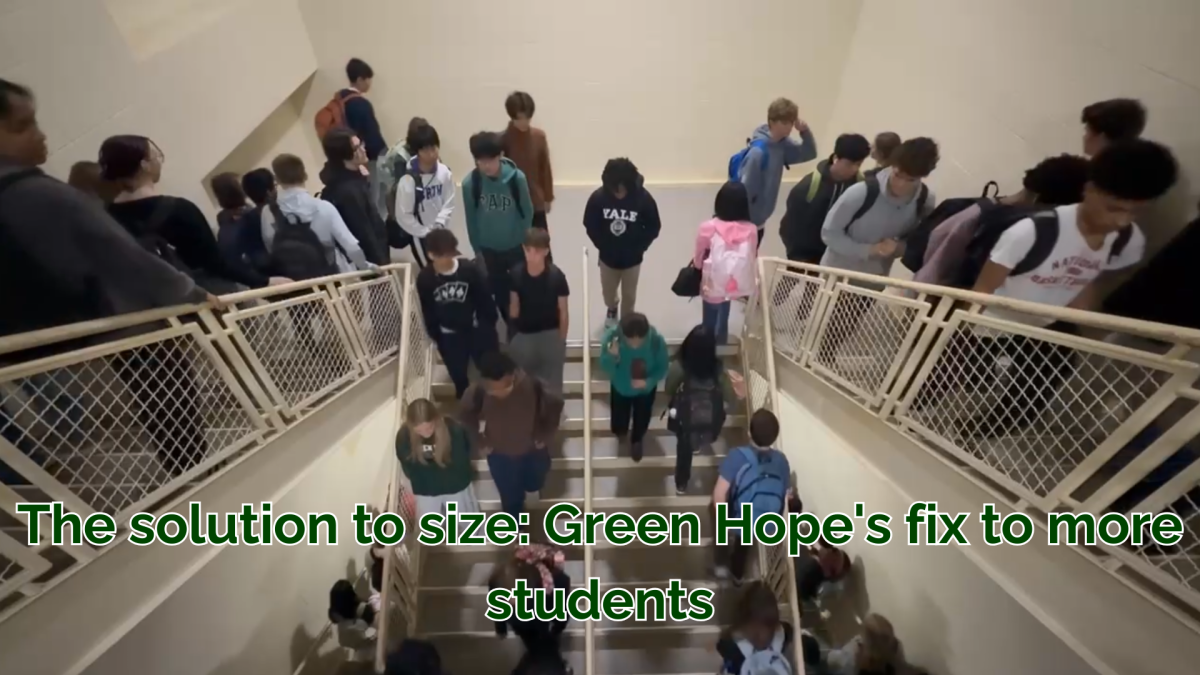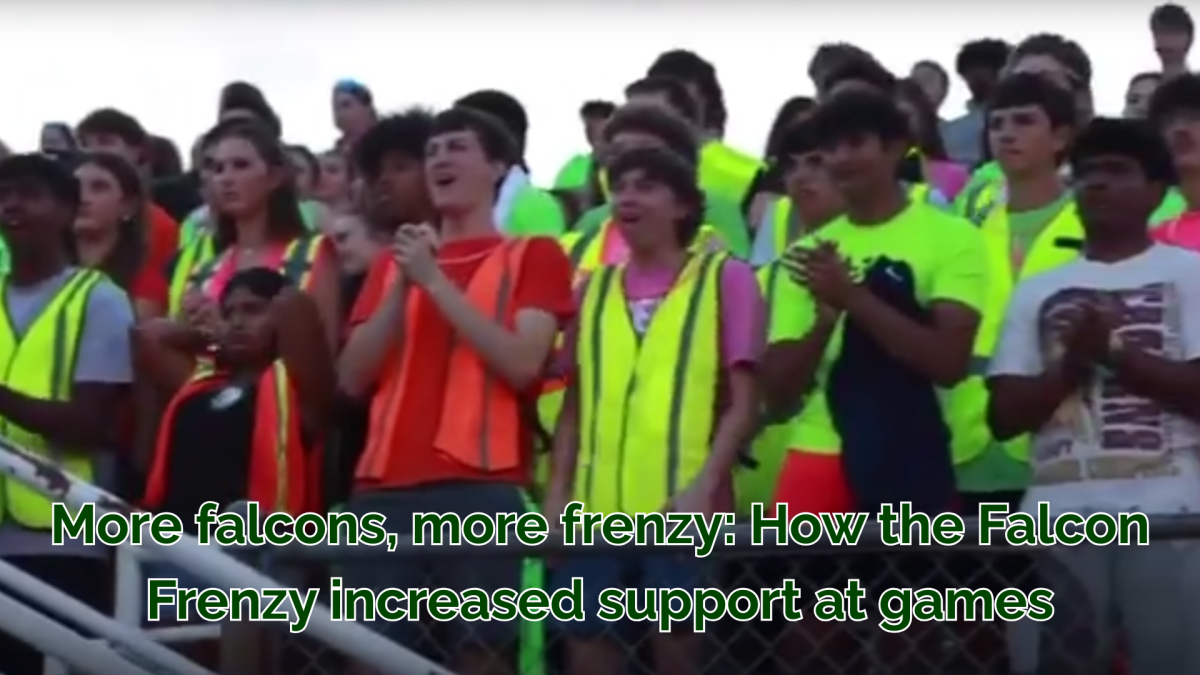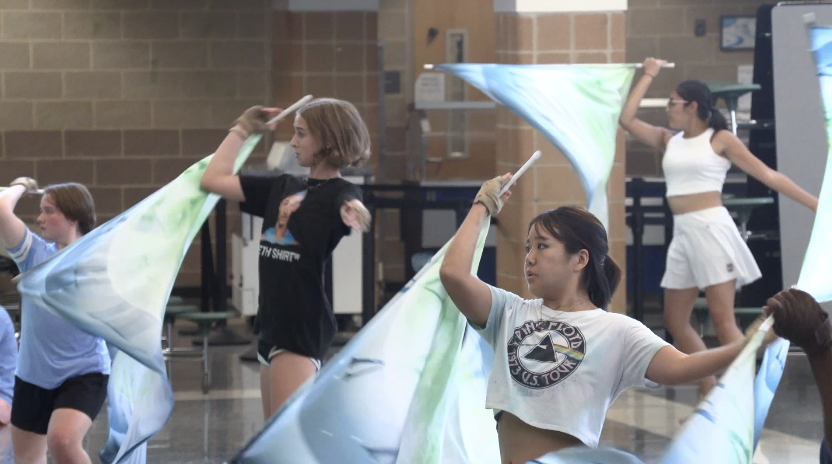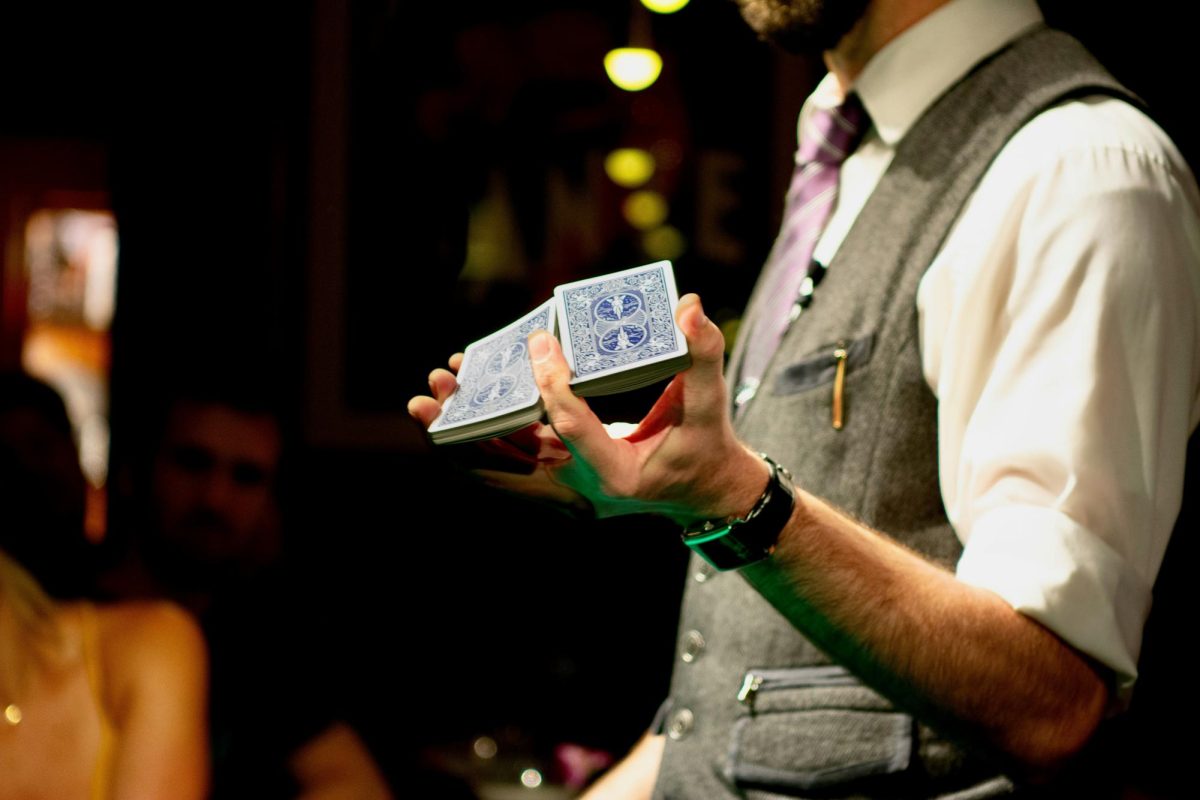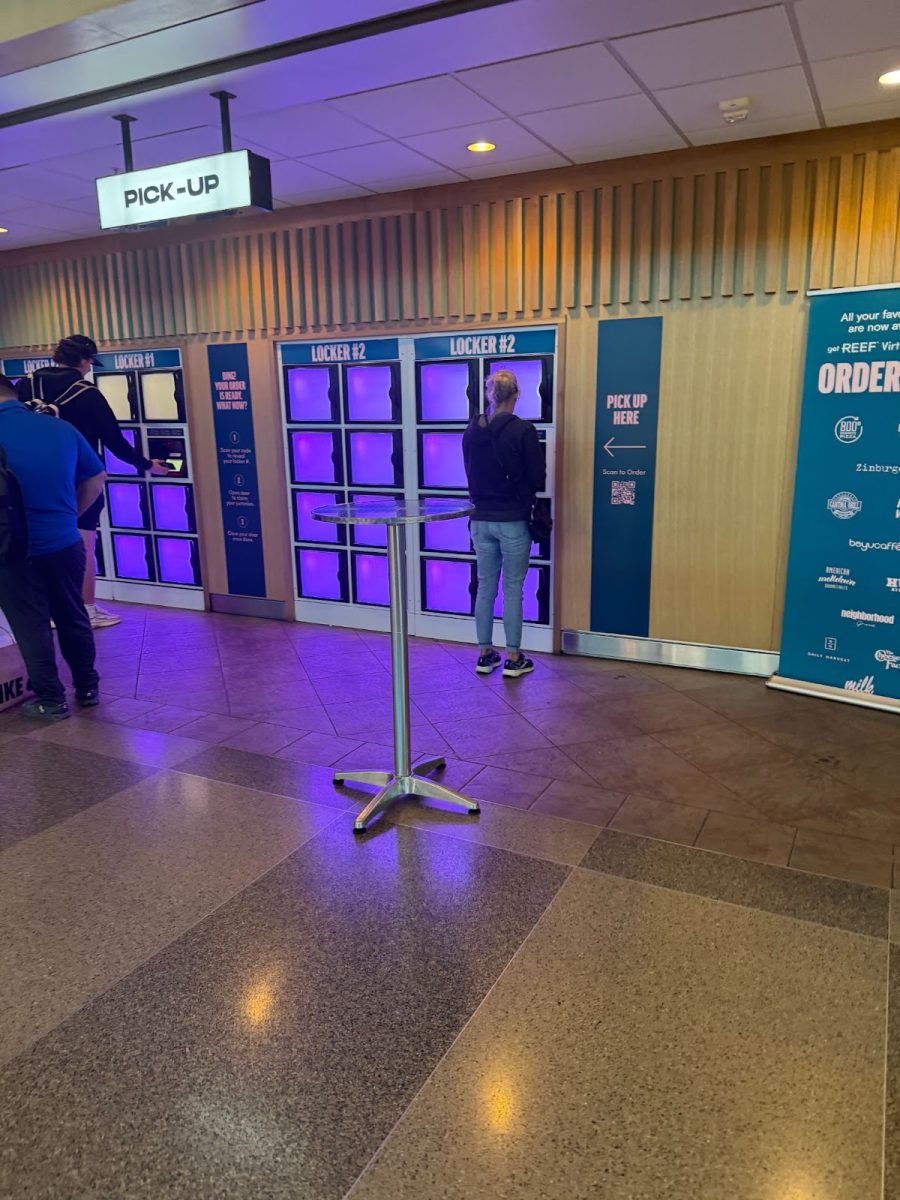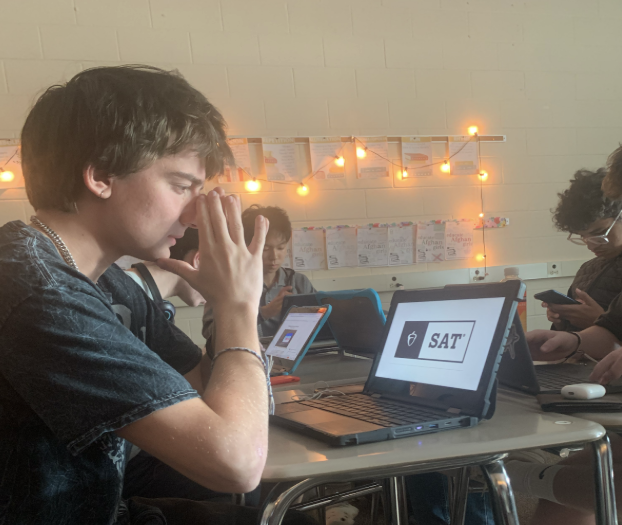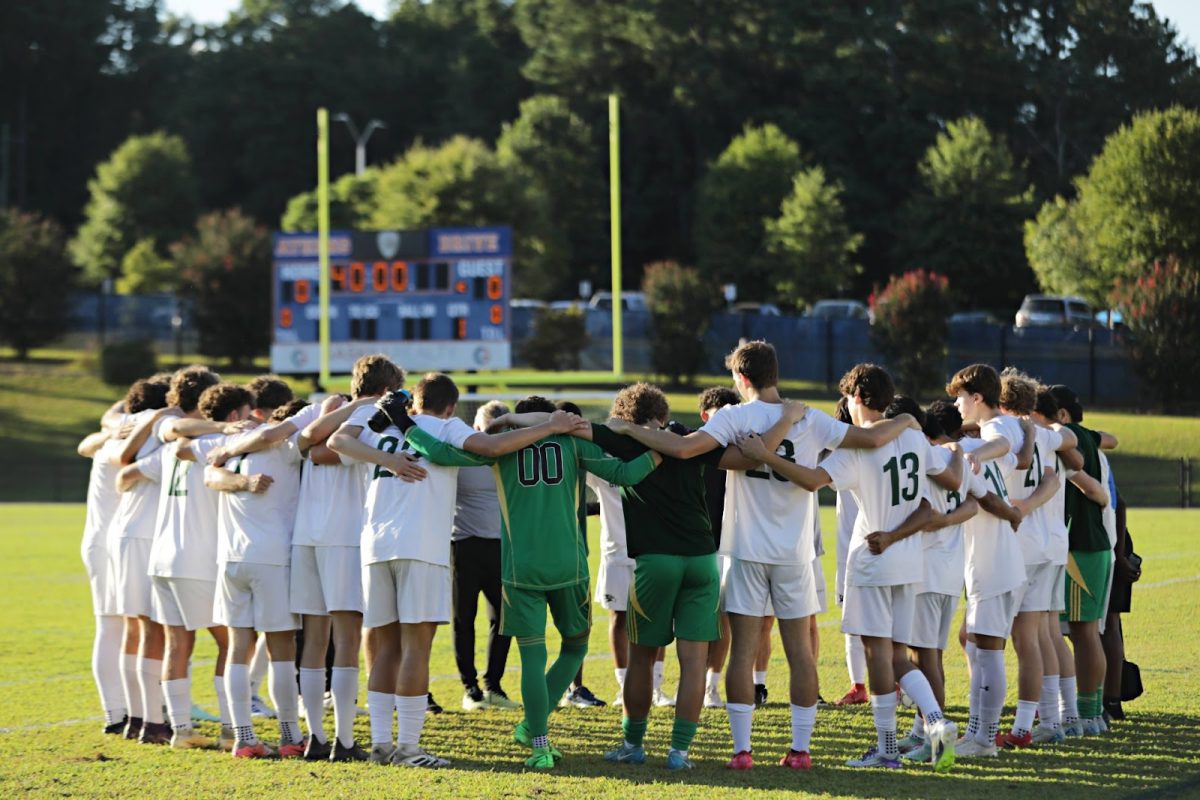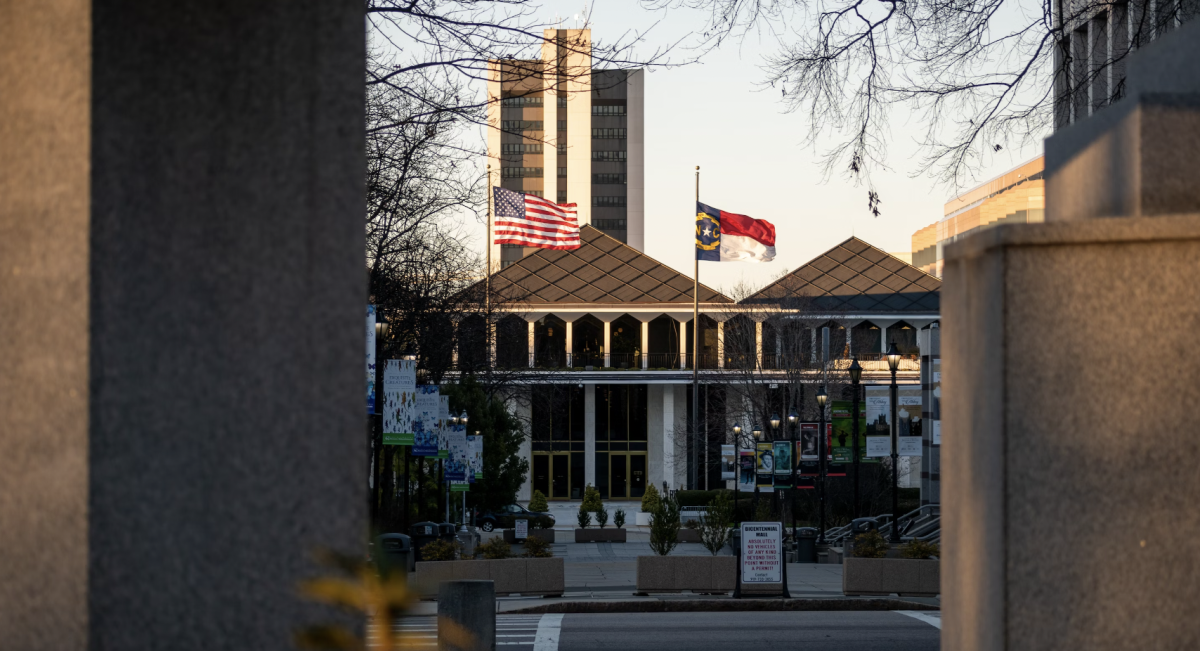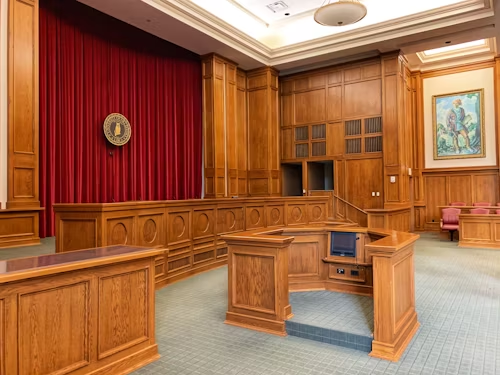One building, many restaurants.
This is the premise of a ghost kitchen, a delivery-only restaurant that allows owners to house multiple virtual restaurants in the same space, using delivery apps to sell food from each unique restaurant.
During the COVID-19 pandemic of 2020, many industries suffered. Restaurants were hit especially hard, since people could not eat in-person due to mask mandates and social distancing norms. This gave way to the widespread implementation of ghost kitchens.
Due to the inability to go out to eat during the pandemic, people turned to delivery apps. In April, 2020, when the impact of the pandemic was reaching its height, delivery app usage grew 162%.
While restaurant owners were struggling, ghost kitchens became a cost-effective way to add a source of income. Beyond selling their own food on delivery apps, restaurant owners could now make extra food out of their kitchen and sell it as a different brand through apps. Others ran ghost kitchens by selling food solely from ghost kitchen fronts, the food being cooked in an unbranded kitchen and then delivered through delivery apps. These restaurants were appealing to owners and kitchens because they gave them revenue from food sales and saved them costs from having to upkeep a place for customers to eat.
In fact, some popular fast food restaurants house ghost kitchens in them. iHop, the popular breakfast chain, houses brands such as Thrilled Cheese, Super Mega Dilla, Pardon My Cheesesteak and Tender Fix, all of which are virtual-only restaurants and exist only on delivery apps.
Investors poured money into the idea of this new format of restaurant. Kroger, the popular grocery store chain, introduced plans to partner with a ghost kitchen company and open kitchens in select stores across the country. A report from Euromonitor stated that it was likely ghost kitchens could become a trillion dollar industry by 2030.
Yet, as the pandemic’s effects died down, ghost kitchens have been losing revenue. People are going back to eating in traditional restaurants and demand for the virtual-only format seems to be waning, as even Kroger shut down all ghost kitchens in their locations in late 2023. Additionally, many ghost kitchens are getting embroiled in controversy.
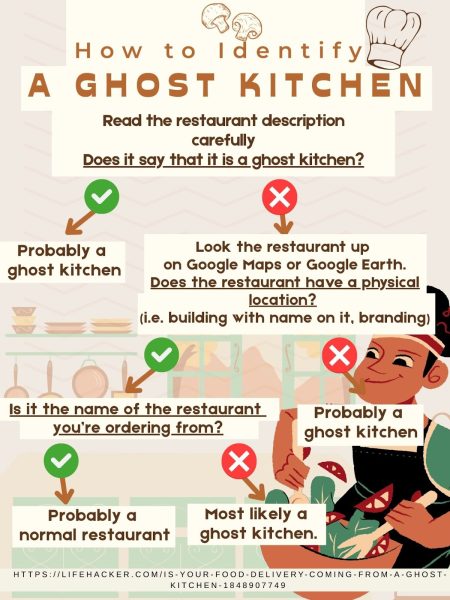
In 2020, popular YouTuber MrBeast started a ghost kitchen brand called “MrBeast Burger.” He launched the brand using a video titled “I Opened A Restaurant That Pays You To Eat At It.” In the video, he explained that the brand was opening 300 locations nationwide, except customers could only order food from delivery apps.
The launch of the restaurant sparked widespread curiosity. Many influencers posted videos of themselves trying the food from the restaurant and giving reviews. However, overtime issues began to arise with the quality of the restaurant’s food. Customers reportedly described the burgers as “disgusting,” “revolting” and “inedible.”
Eventually, MrBeast sued the ghost kitchen company that he was collaborating with, Virtual Dining Concepts. He claimed that the company was prioritizing expansion over the quality of his food, harming his reputation. He stated that over half of his restaurants have less than a two out of five star rating on ordering platforms. The case led to Virtual Dining Concepts countersuing MrBeast. They claimed that he had breached their contract and damaged his brand himself. Both lawsuits are still ongoing.
One virtual kitchen in Hollywood houses 22 restaurants, all from one address. This virtual kitchen serves basically any cuisine a customer could imagine: pasta, vegan foods, salads, burgers, fish sandwiches, chicken wings, dumplings, pizza, chicken and waffles, bagels, wraps and even peanut butter and jelly sandwiches.
Looking through the restaurants’ menus, a pattern began to emerge. Sixteen of these restaurants sold a variation of what they called “Hand-Breaded Nashville Hot Chicken Fingers” and “The Original Smashburger,” each sold with or without fries. Some of the restaurants that sold these dishes included a salad centered healthy restaurant, a bagel restaurant, a chicken and waffles restaurant and a dumpling restaurant. In fact, the dumpling restaurant did not sell dumplings, despite dumplings being in its name. Under the dumplings header, only edamame was listed.
What was curious about these dishes was that they were priced differently at each of the restaurants. At one restaurant, “The Original Smashburger” served with fries was sold for $15.95, but at another it was sold for $16.95 even though the description and picture for each of the items was the same on both restaurant’s platforms.
According to Uber Eats policy on virtual kitchens on the platform, each restaurant must maintain a minimum 4.3+ star rating to ensure the quality of the food is up to par. The menus at each restaurant must differ by 60% from the other restaurants in the ghost kitchen. The menus also must differ from any “parent restaurants,” which are defined as a physical storefront that is operating in the same location as the virtual kitchen. These guidelines are implemented to make sure that ghost kitchen food maintains quality, while ensuring that ghost kitchens are not exploiting delivery apps to sell the same food pretending to be different restaurants.
While each of the virtual restaurants stemming from the location investigated did seem to follow these rules, with some of the restaurants having an almost five star rating from hundreds of reviewers and a varied menu past these two items. The ability to sell duplicate items further displays the differences and possible disparities between the new, virtual format of restaurants and the traditional, in-person form.
Virtual restaurants can sell duplicates of foods as different restaurants, but from the same location. This gives them the opportunity to make more profit because they will not have to make as many different dishes and will get more people on delivery apps due to their differing cuisines. To sell duplicates of food in a traditional restaurant, a new location would most likely have to be opened, not just a new storefront on Uber Eats.
On a more local level, a virtual food hall, getREEF run by Reef Technology, opened in 2022 at Raleigh-Durham Airport (RDU). The food hall features nine different virtual restaurants with different types of food. It allows customers to mix-and-match their food choices and offer a quick and easy alternative to traditional dining experiences in the airport.
Ghost kitchens are a new type of restaurant whose effects and possibilities are still being established.







